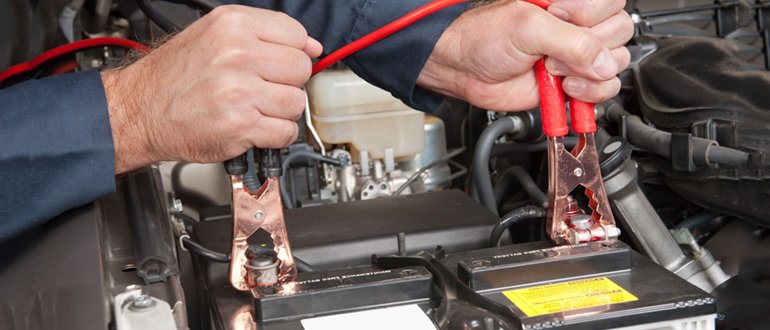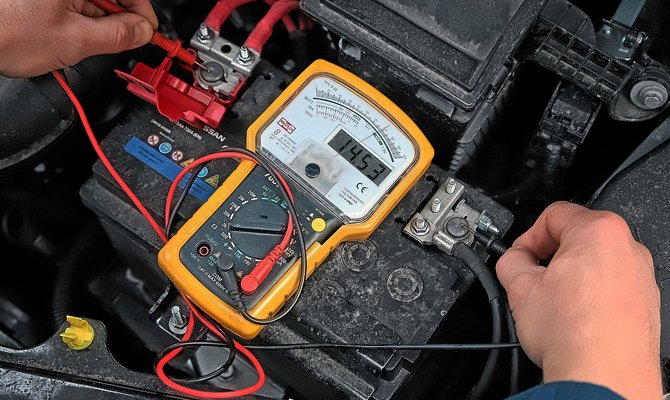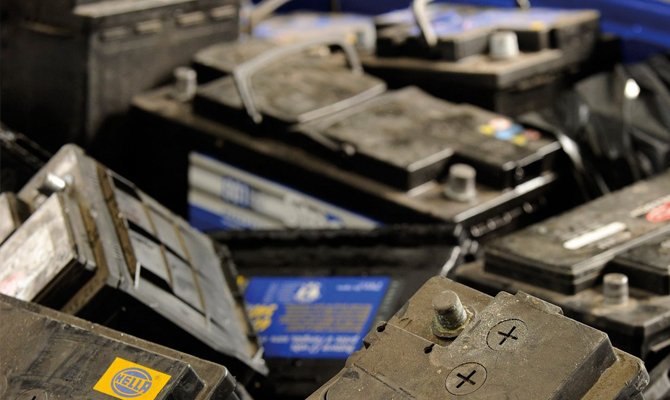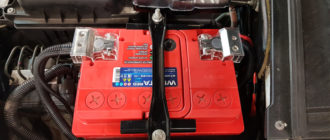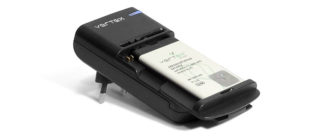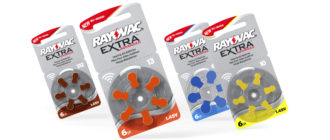If a DC voltage of about 14.5 V is applied to the terminals of a fully charged battery, then after a short time the battery will begin to boil. The time period after which this process will begin, as well as the intensity of gas formation will largely depend on the current strength, as well as on the battery capacity.
Boiling the battery in this situation is absolutely normal. If the battery boils to a full charge, then this may indicate serious deviations in its performance. Determining the moment the electrolyte begins to boil while the car is moving is quite problematic, but when charging from the charger, you can easily understand when the electrolyte begins to boil.
Content
Should the battery boil when charging
A battery that is fully functional and needs to be recharged must not boil when electric current is supplied to its terminals from the charger. An exception to this rule may be increased current or increased voltage. This can happen due to poor-quality memory or incorrectly set current and voltage values.
Modern batteries, which are made using calcium technology, can not boil for a long time, even if the limit values of the electric current supplied to their contacts are significantly exceeded, so when using such products, you should take a more responsible approach to the choice of a device for charging the battery, as well as to a more accurate setting the electric current supply mode.
Why can the electrolyte boil in the battery when charging
A battery can boil for many reasons. The most common causes of this phenomenon may be overcharging the battery, as well as in the case of excessive formation of plaque on the plates and short circuit in one or more banks.
The battery is fully charged.
In the process of charging the battery, a chemical reaction occurs inside it, as a result of which pure lead settles on the plates, and the acid residue passes into the electrolyte. When the substances that support this reaction are completely consumed, hydrolysis of water begins with the formation of explosive gas. In addition, the temperature of the battery rises significantly, which causes the formation of caustic vapor.
Many modern chargers have an automatic charging mode, thanks to which you can completely eliminate the likelihood of a situation when the electrolyte boils. When using devices of an obsolete design or improvised chargers, you have to constantly monitor the battery charge level to prevent electrolyte boiling.
There is a reload
If a voltage is applied to the battery terminals, the value of which is significantly higher than the battery recommended by the manufacturer, the electrolyte in such a battery will also boil very quickly. This can happen due to improper settings of the factory memory or when using improvised devices to charge batteries.
In addition to the incorrectly set voltage, you can still not correctly set the current strength. It should be exactly 10% of the battery capacity. That is, if the capacity is 60 Ah, then the current should be 6 Amps. If this value is overestimated, the liquid may begin to boil.
At sulfation plates capacity drops sharply. For example, we have a battery with a declared capacity of 75 Ah, due to sulfation, the capacity drops to 40 Ah.When charging, we set the current strength based on the factory parameters - 7.5 Amps. As a result, a strong recharge occurs immediately and the battery boils.
In any case, if a recharge is detected, the device must be immediately disconnected from the mains and battery.
With sulfation plates
This was already mentioned a little higher, but if the electrolyte begins to boil immediately after connecting to the charger, then the cause of excessive gas formation may be a strong sulfation of the plates.
In this condition, the battery capacity decreases markedly, so the battery quickly boils even when a current is applied to the terminals, which does not exceed the recommended values in strength.
Short circuit
If a short circuit occurs in one or several banks of the battery, then the current load on the undamaged sections of the battery increases significantly, so often such a battery immediately boils after connecting to the charger.
The main diagnostic sign by which it can be judged that the battery is boiling due to a short circuit is when not all banks are boiling. In closed battery compartments, a chemical reaction does not occur, therefore, no gas is released even after a long connection to the charger.
With minor damage to the plates boils one can in the battery. Also, boiling one can can be a sign that there is an insufficient level of electrolyte in it.
How can this affect the battery?
Constant boiling of the electrolyte when charging from the charger can cause the following undesirable processes and battery conditions:
- Destruction of lead plates.
- Closing the plates together.
- Battery explosion.
- Corrosion of terminals and clamps of the charger.
Of the listed damage, the most dangerous is battery explosion. In this case, not only the formation of a fire is possible, but also chemical burns resulting from spraying a large amount of sulfuric acid solution.
What to do when boiling the battery
The first thing to do when boiling the battery is to turn off the supply of electric current to its terminals. If the cause of gas generation inside the battery is the incorrect setting of the current level or voltage, then it is enough to set these values within the recommended limits to completely eliminate the boiling of the electrolyte.
If the battery boils, but does not charge anymore, this may indicate the end of the charge cycle. In this case, the battery must also be disconnected from the charger, and then installed on the car, observing the polarity.
If the battery immediately starts to boil, then it may already need to be replaced. Unfortunately, the lead battery has a limited life and, if the sulfation is too strong or the plates are broken, the product cannot be restored to normal operation.
In the early stages of plate sulfation, when the oxide layer is not yet large enough, you can try to increase the battery capacity using a charger that has a special training mode. In this mode, voltage is applied to the terminals in intermittent mode, which can significantly reduce the thickness of the sulfate layer.

